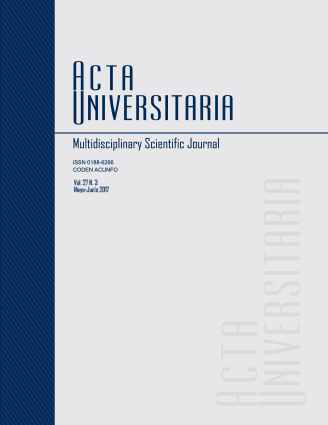Evaluation of waste of the cheese industry for the production of 2-phenyl ethanol
Published 2017-08-02
Keywords
- 2-feniletanol,
- lactosuero,
- Kluyveromyces marxianus,
- resonancia magnética nuclear.
- 2-phenyl ethanol,
- whey,
- Kluyveromyces marxianus,
- nuclear magnetic resonance.
How to Cite
Abstract
The cheese industries generate two types of whey, sweet (SW) and acid (AW). Few studies have used both types of whey to produce 2-fenilethanol (2-FE), as well as nuclear magnetic resonance (NMR) to determine the percentage of α-β in each type of whey. We assessed the production of 2-phenyl ethanol (2-FE) by Kluyveromyces marxianus using as SW and AW as substrates. Both types of whey were treated at pH 4.8 and pasteurized at 63 °C for 30 min with an initial inoculum of K. marxianus (1×106 CFU/mL). The identification and quantification of 2-PHE was performed by gas chromatography (GC). We then determined the (α-β) lactose by nuclear magnetic resonance (NMR). K. marxianus was capable of producing 2-FE in the two types of whey in obtaining maximum concentrations of 0.44 g/L and 0.32 g/L, respectively. For SW, we found a concentration of β-lactose 82.35%.

